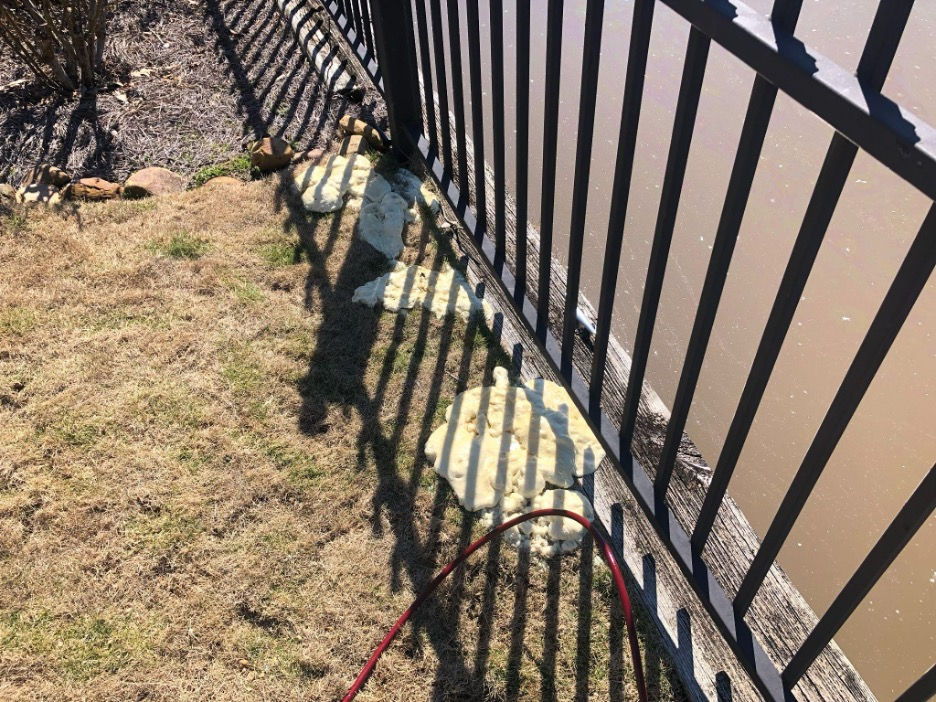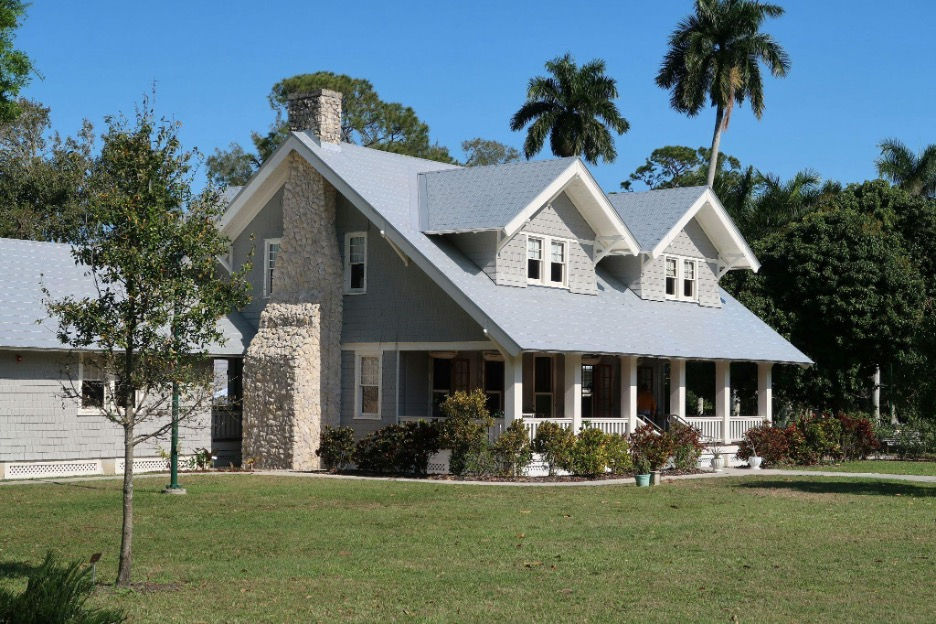Erosion Control and Prevention Through Soil Stabilization - A Comprehensive Guide
- burns68
- Mar 13, 2024
- 2 min read
Erosion, the gradual wearing away of soil or rock by natural forces such as water, wind, or ice, poses a significant challenge to environmental stability and construction integrity. Soil stabilization, a set of methods employed to enhance soil strength and durability, emerges as a pivotal solution in combating erosion.
Let’s delve into the mechanisms of erosion, the importance of soil stabilization in Hattiesburg MS, and the innovative techniques that can be employed for erosion control and prevention.
Understanding Erosion: Causes and Consequences
Erosion is not merely a natural phenomenon but is often accelerated by human activities such as deforestation, agricultural practices, and urban development. The consequences of unchecked erosion are far-reaching, including loss of fertile land, sedimentation of bodies of water, increased flood risk and infrastructure damage. Recognizing the causes and consequences of erosion is the first step in developing effective control and prevention strategies.
The Role of Soil Stabilization in Erosion Control
Soil stabilization enhances the physical properties of soil, increasing its resistance to erosive forces. By improving soil structure, reducing permeability, and enhancing load-bearing capacity, stabilization techniques effectively mitigate the risk of erosion. This not only protects the environment but also ensures the longevity and stability of construction projects.
Techniques for Soil Stabilization
Several techniques have been developed for soil stabilization, each suited to different types of soil and erosion challenges:
Mechanical stabilization. This method involves physically altering the soil structure through compaction, grading or the addition of geotextiles. By increasing soil density and improving drainage, mechanical stabilization can significantly reduce erosion risk.
Chemical stabilization. Chemical additives, such as lime, cement, or polymers, are mixed with soil to enhance its cohesive properties and resistance to water. Chemical stabilization is particularly effective in areas prone to water erosion.
Biological stabilization. The use of vegetation to stabilize soil is an eco-friendly and sustainable approach. Plant roots reinforce soil structure while their canopy reduces the impact of raindrops, thereby controlling surface erosion.
Geosynthetic materials. Geosynthetics, including geotextiles, geomembranes, and geo-cells, are synthetic materials used to reinforce soil. These materials are highly effective in stabilizing slopes and embankments against erosion.
Best Practices for Erosion Control and Prevention
Implementing soil stabilization requires careful planning and consideration of the local environment and soil characteristics. Best practices include:
Conducting thorough soil assessments to determine the most appropriate stabilization technique.
Integrating multiple stabilization methods for comprehensive erosion control.
Considering the environmental impact of stabilization materials and opting for sustainable solutions whenever possible.
Regular monitoring and maintenance of stabilized areas to ensure ongoing effectiveness.
Soil Stabilization in Hattiesburg MS
As an experienced foundation repair company in Mississippi, Foremost Foundations and Construction has a firm understanding of soil and its impact on erosion. Our team carefully considers the type of soil we are working with, the type and longevity of the project and your budget. We then come up with a plan to stabilize the soil while minimizing environmental impact. To learn more about soil stabilization services in Hattiesburg, contact our team at 601-405-1052.





Comments